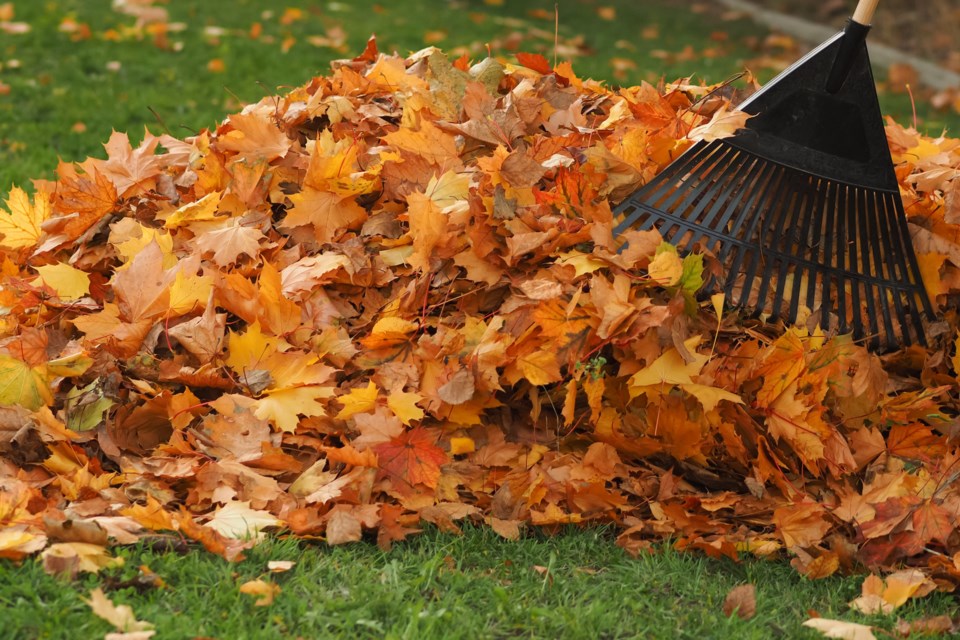NEWS RELEASE
NATURE CONSERVANCY OF CANADA
*************************
The changing colour of leaves is one of the most beautiful aspects of the fall season, but it comes with an onerous task: raking them up once they’ve fallen.
The Nature Conservancy of Canada (NCC), however, has some green advice for people wishing to avoid back-breaking yard work: leave the rake in the shed and the leaves on the ground. And if someone accuses you of being lazy, you can say you are helping the environment and being a conservationist!
The not-for-profit land conservation organization says leaving fallen leaves in your yard is a small act of nature conservation that can support backyard biodiversity in many ways. While some butterflies travel to warmer destinations, many native insects, including pollinators, and other backyard wildlife hibernate over the winter and can use a little neighbourly help.
Dan Kraus, NCC’s senior conservation biologist, says leaves can provide important habitat for many species. “Backyard animals, such as toads, frogs and many pollinators, once lived in forests and have adapted to hibernate under leaves,” says Kraus. “The leaves provide an insulating blanket that can help protect these animals from the cold and temperature fluctuations during the winter.”
Another benefit of not raking your leaves is soil improvement. Kraus points out that as leaves break down, they also provide a natural mulch, which helps enrich the soil. Thick piles of leaves can impact the growth of grass and other plants come spring, but a light covering can improve the health of our gardens and lawns.
As the leaves break down, some of their carbon also gets stored in the soil, allowing your backyard to become a carbon sink. “While it’s great for cities to provide collection programs to compost leaves, the most energy-efficient solution is to allow nature to do its thing and for the leaves to naturally break down in your yard,” says Kraus. In 2019 alone, the City of Toronto collected over 88,800 tonnes of yard waste, including leaves, branches and Christmas trees.
And it’s not just leaves that are important for backyard wildlife during the winter.
“Plant stalks and dead branches also provide habitat for many species of insects,” says Kraus. “By cleaning up our yards and gardens entirely, we may be removing important wintering habitats for native wildlife in our communities.
“Migratory and resident birds can also benefit from your garden during the winter. Fruits and seeds left on flowers and shrubs are a crucial food source that sustains many songbirds during the winter, including goldfinches, jays and chickadees. Providing winter habitats for our native birds and insects is just as important as providing food and shelter during the spring and summer.”
With about 80 per cent of Canadians now living in towns and cities, backyard biodiversity is becoming increasingly important. “One of the biggest opportunities to improve the health of nature in urban areas is through the collective action we can all take in our yards,” says Kraus.
Encouraging and learning about nature around our homes can also help build a connection to our natural world. “There is growing evidence that having a relationship with nature is critical for our health and well-being,” says Dr. Mhairi McFarlane, Director of Science and Stewardship, Ontario Region. “Here in Canada, we have some of the planet’s last areas of wilderness, but for many of us and our children, finding that connection to nature starts at home.”
*************************
